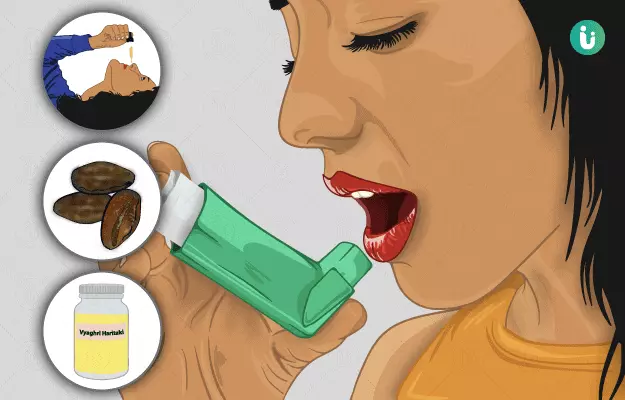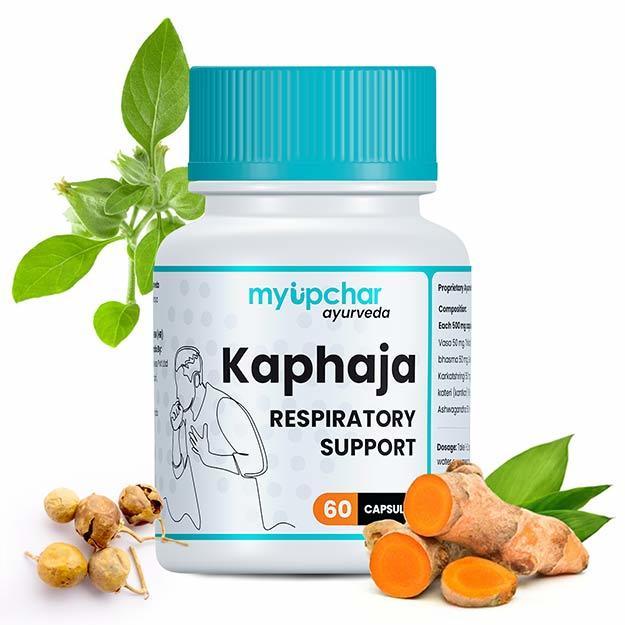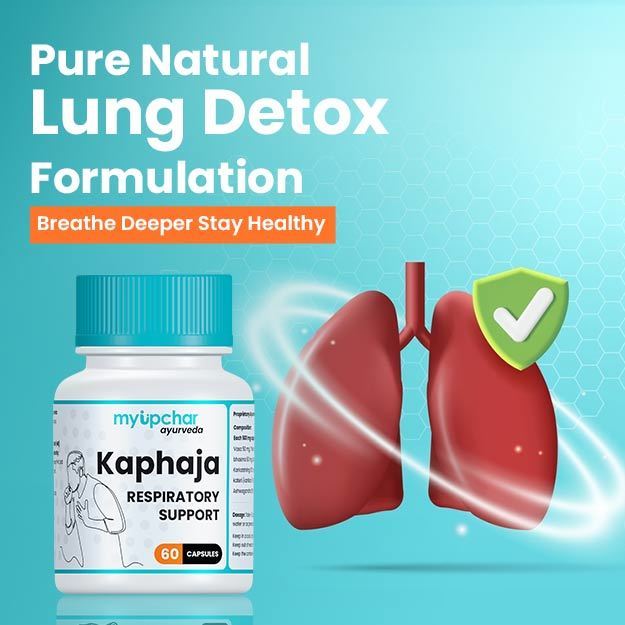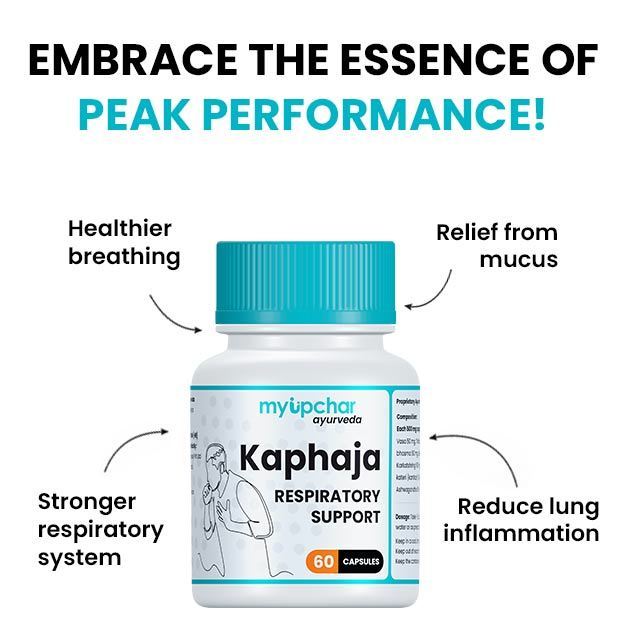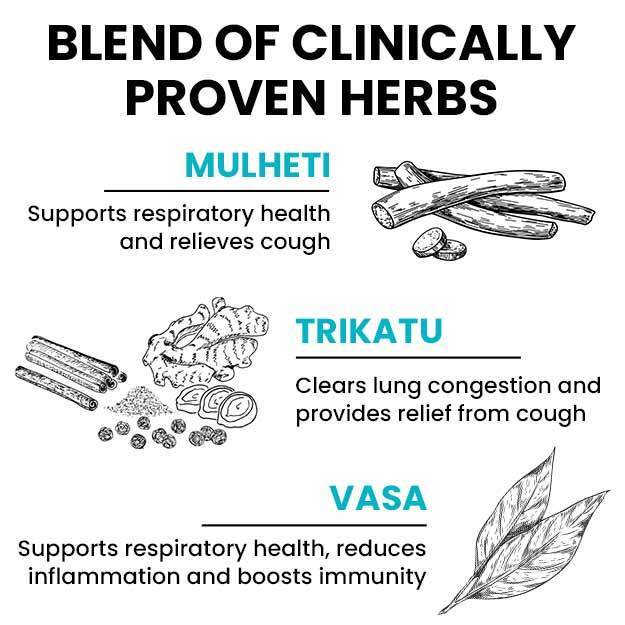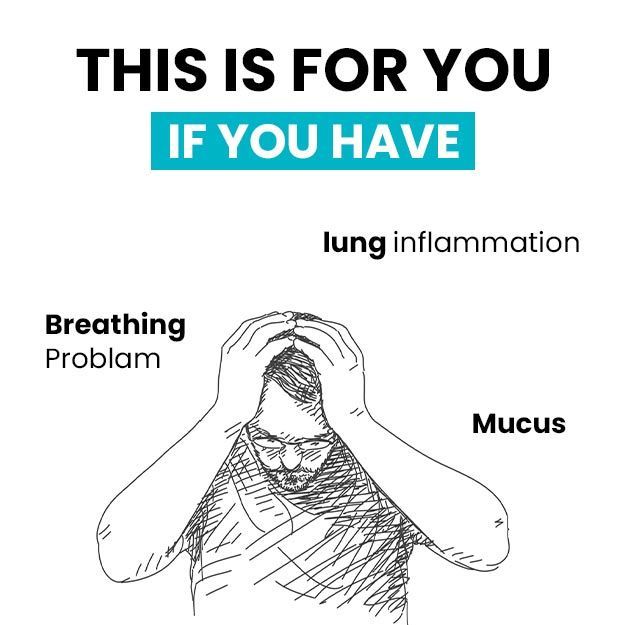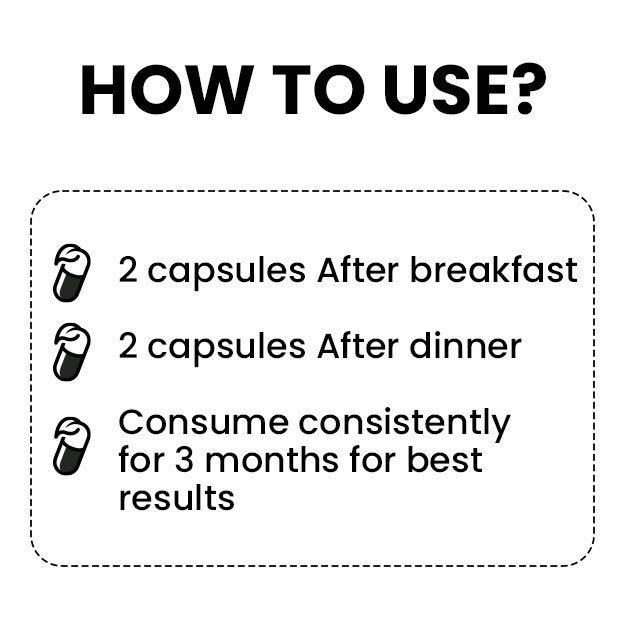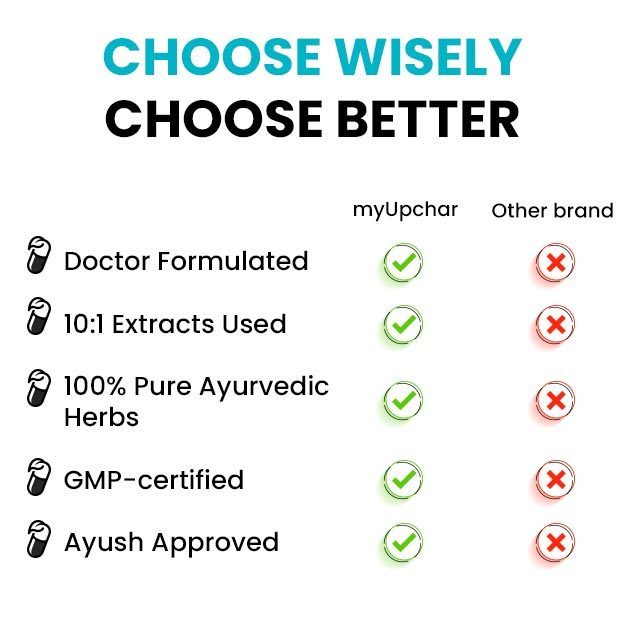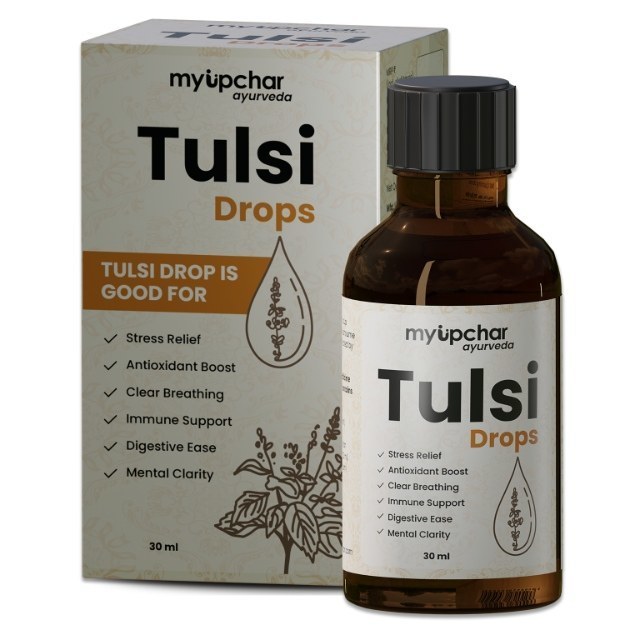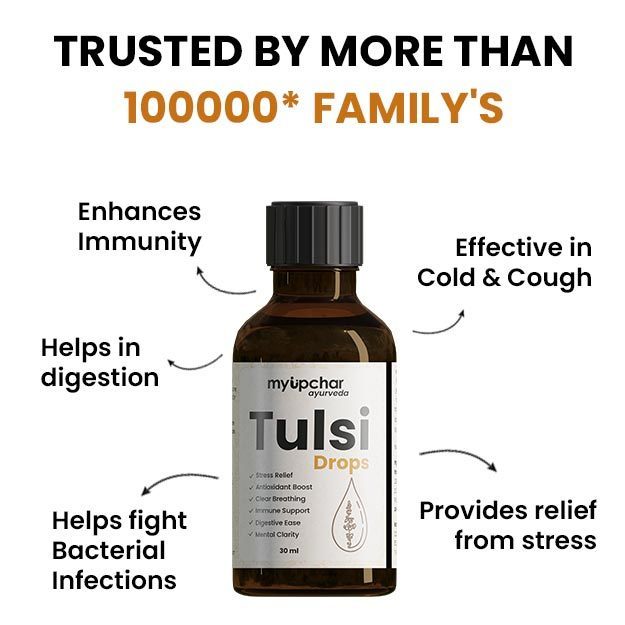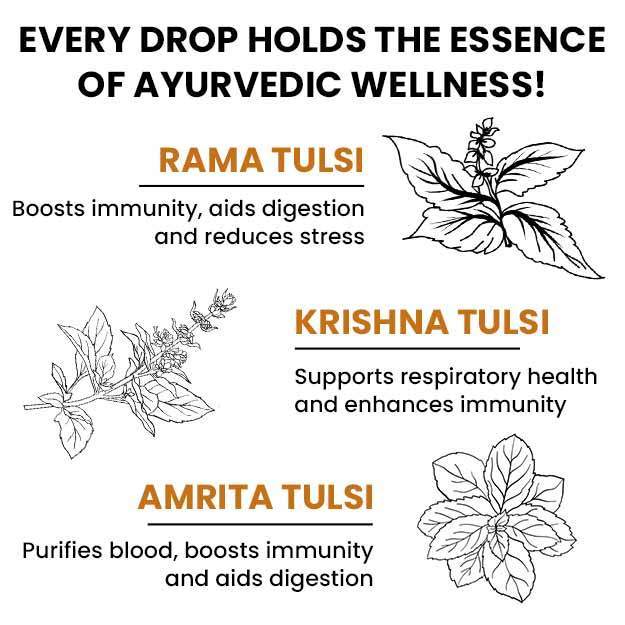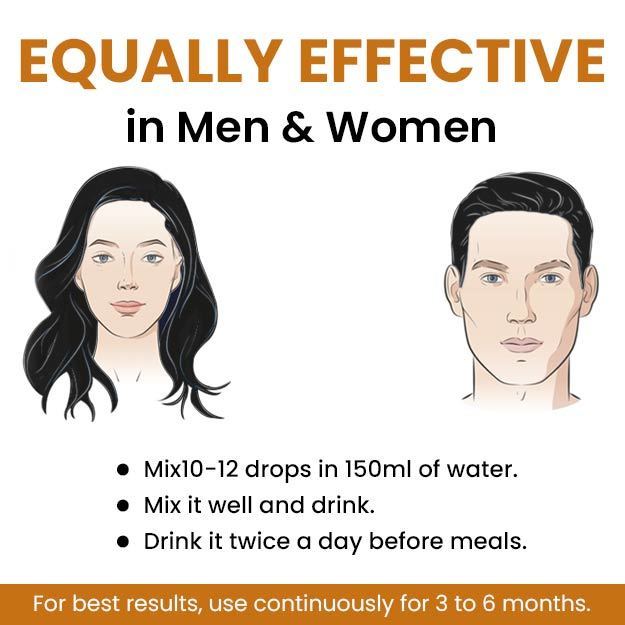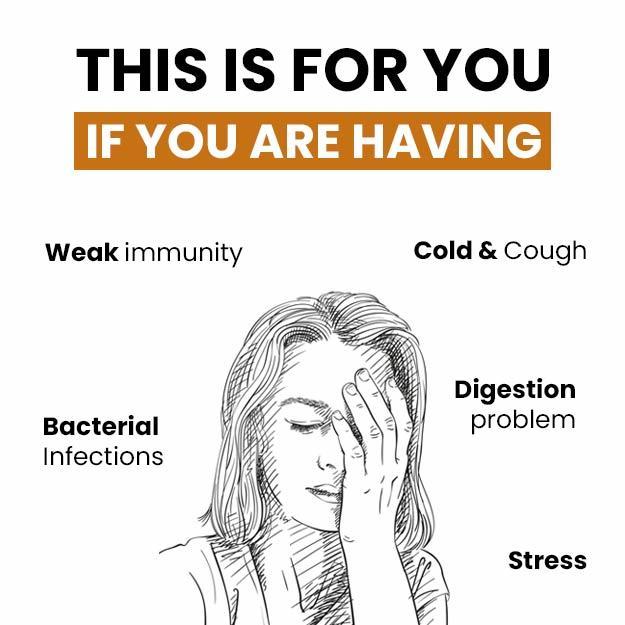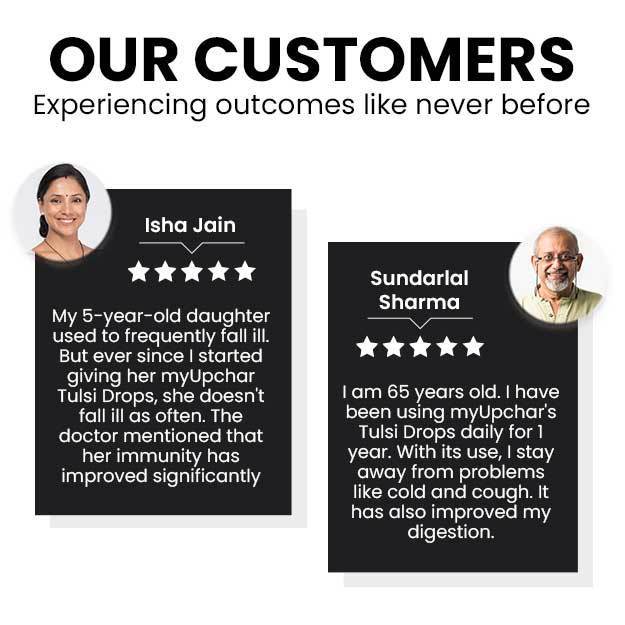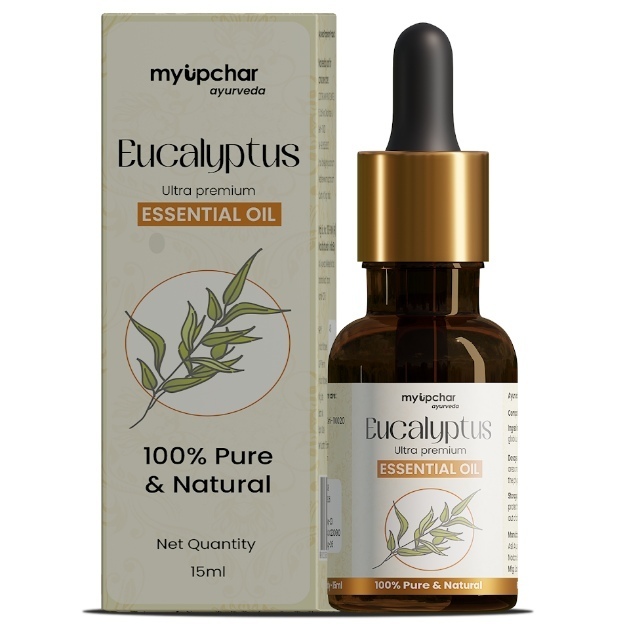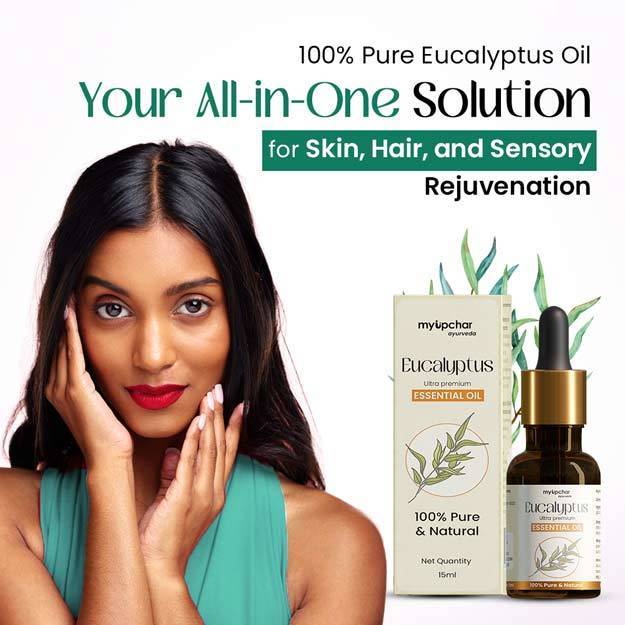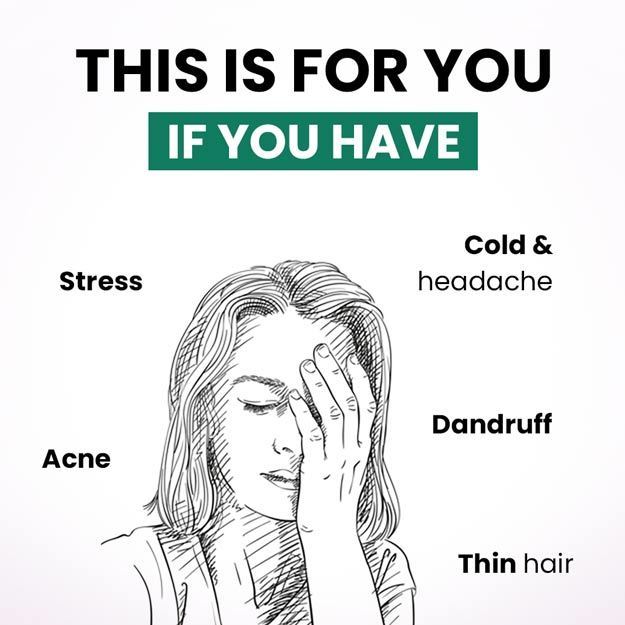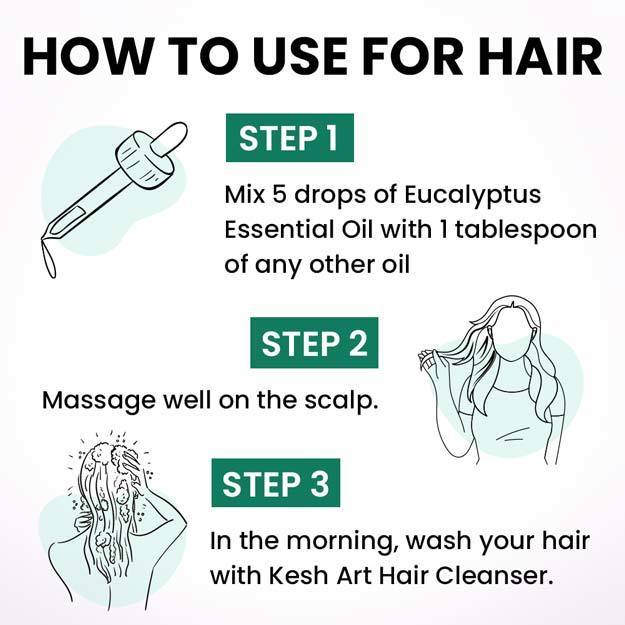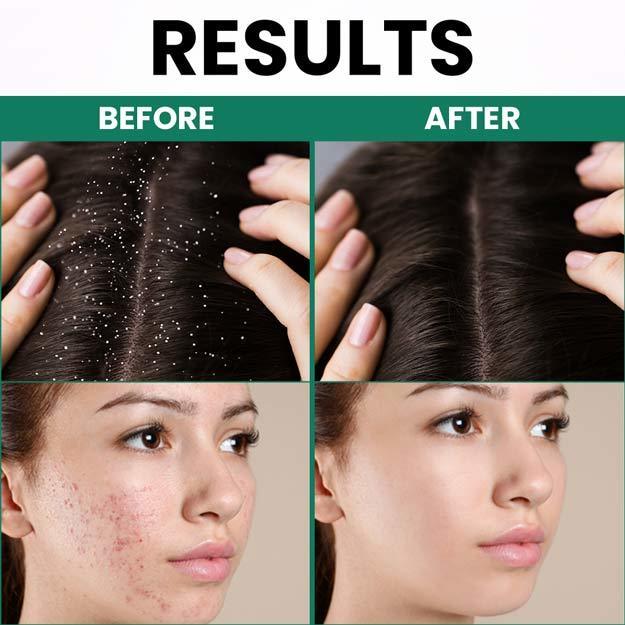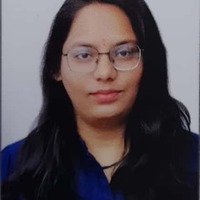Asthma, also known as shvasa roga, is a breathing condition that is divided into five categories as per Ayurveda. The five types of shvasa rogas include maha shvasa (serious asthma), urdhva shvasa (the patient cannot inhale properly and looks upward while taking a breath), chinna shvasa (broken breathing pattern; sometimes breathing suddenly stops), tamaka shvasa (allergic asthma) and kshudra shvasa (minor type of asthma). Asthma occurs mainly due to vitiation of kapha dosha. The first symptom experienced in all the types of asthma is breathing problems.
The most commonly prescribed treatments for asthma are vamana karma (medical emesis), virechana karma (purgation therapy), swedana (sudation or sweat therapy), nasya karma (snuffing therapy) and basti karma (enema). These treatments purify the body by removing ama (toxins). Herbs that are used for the treatment of asthma are pippali (long pepper), madhu (honey), rasonam (garlic), hingu (asafoetida), shunthi (dried ginger), vasa (Malabar nut), kantakari (Choti katheri) and haritaki (chebulic myrobalan). Some of the commonly prescribed medicines for managing asthma are shvasakuthara rasa and vyaghri haritaki.

